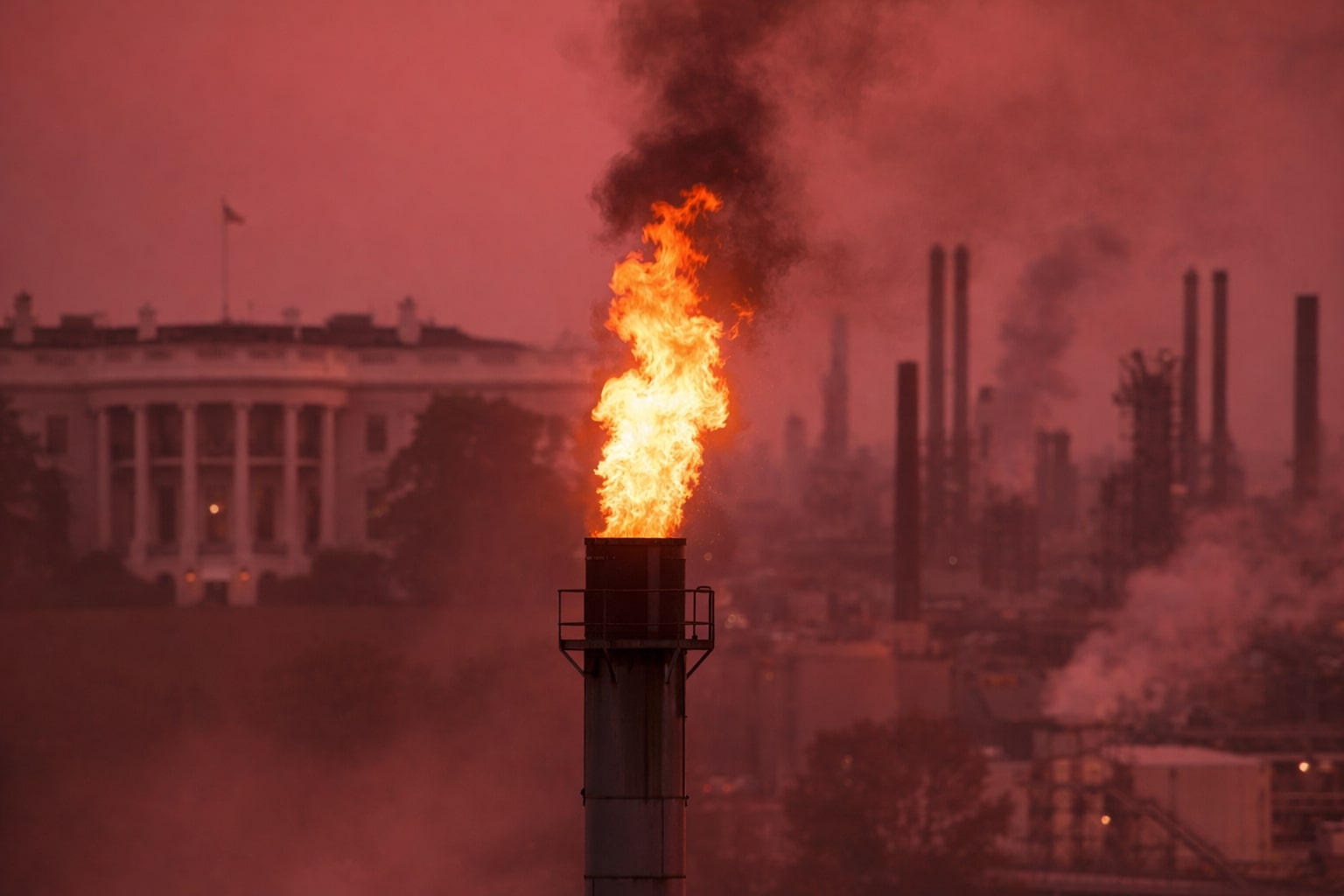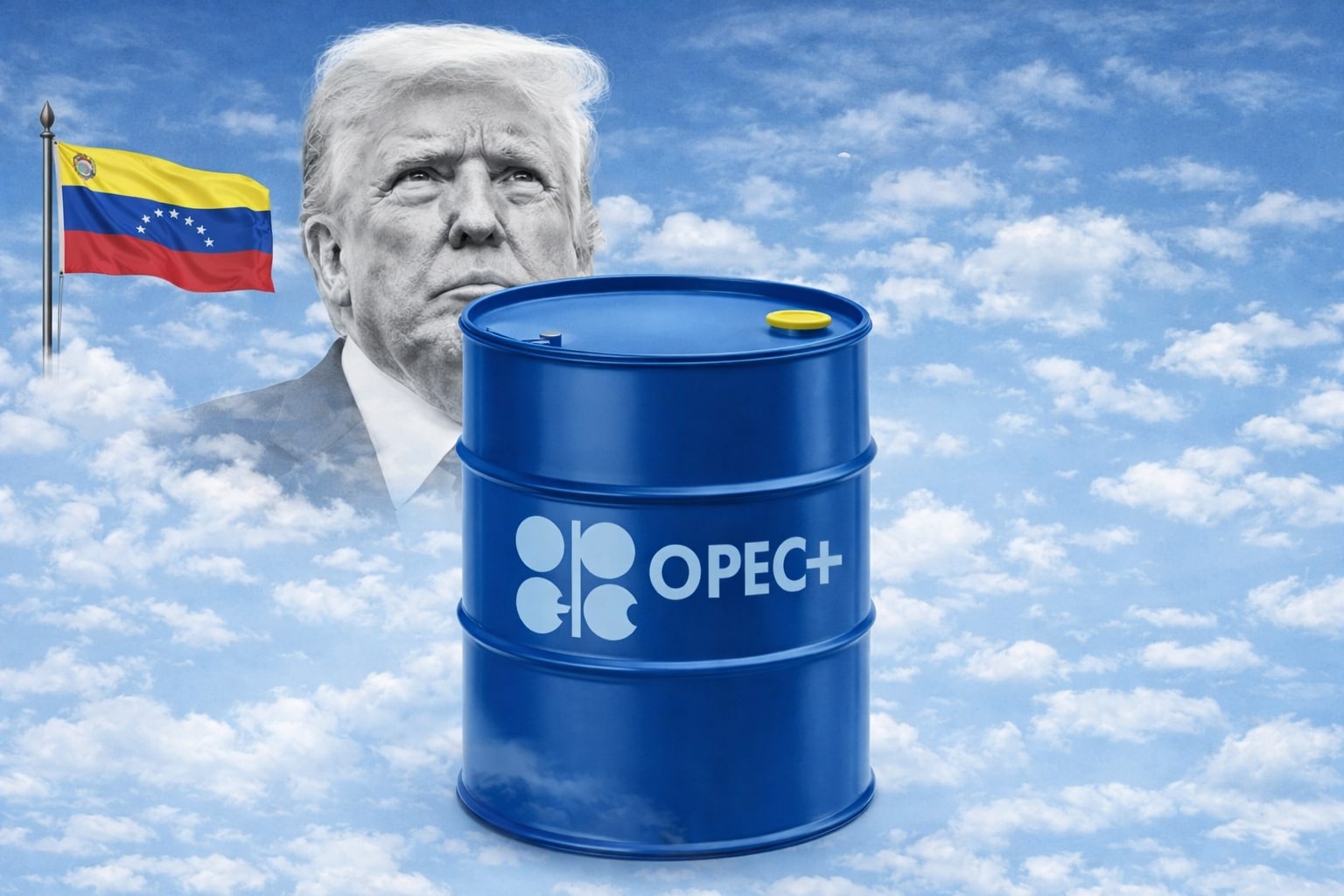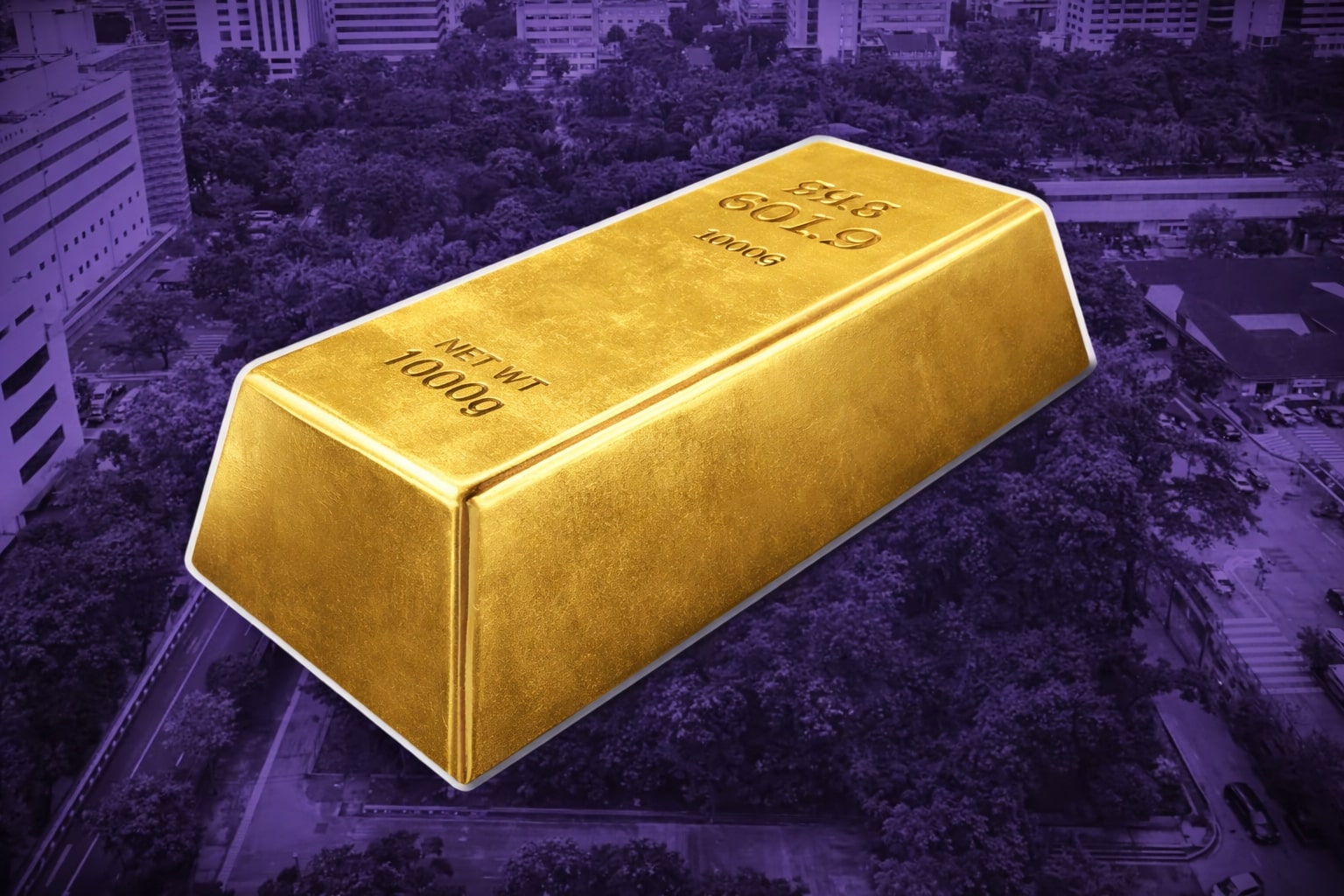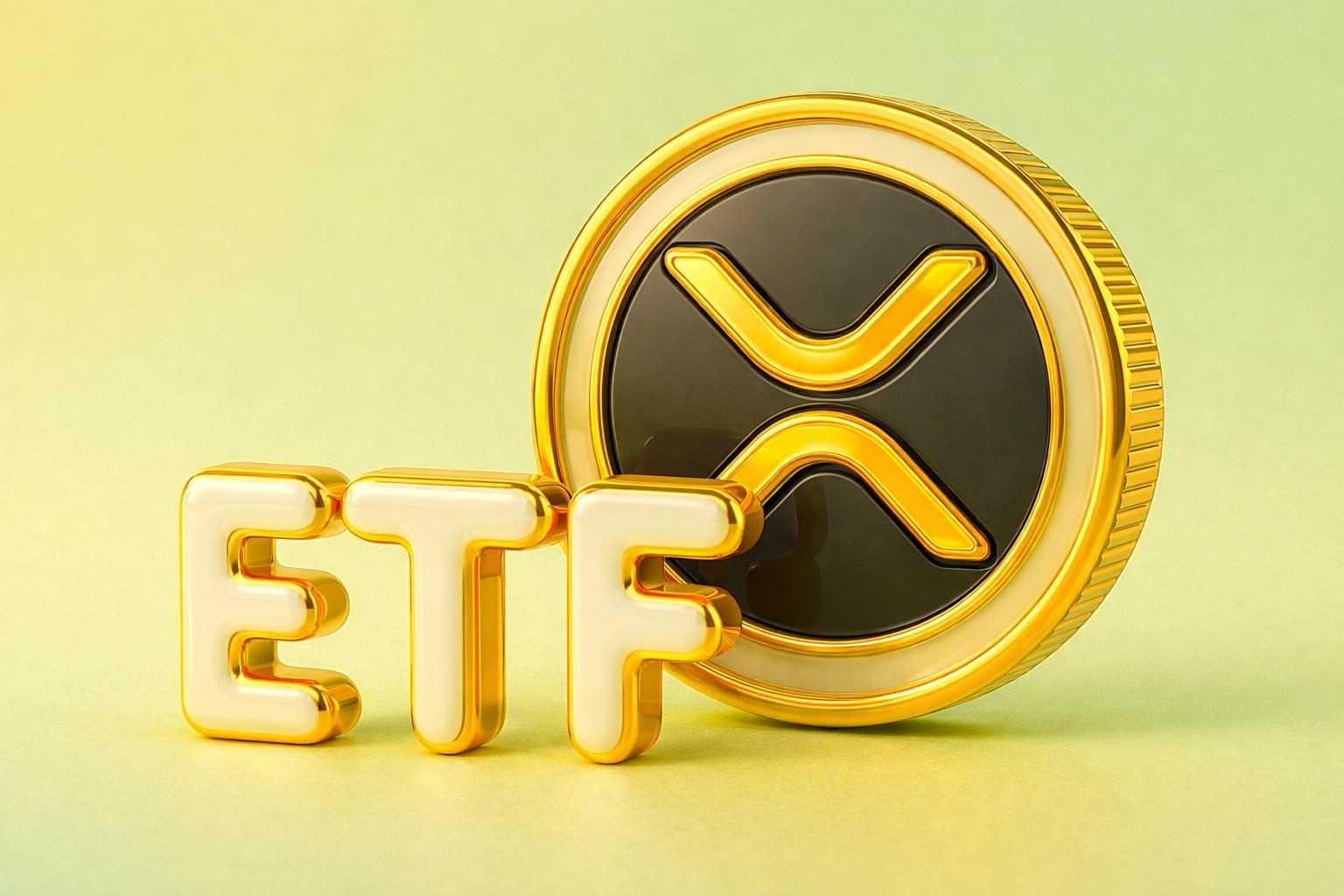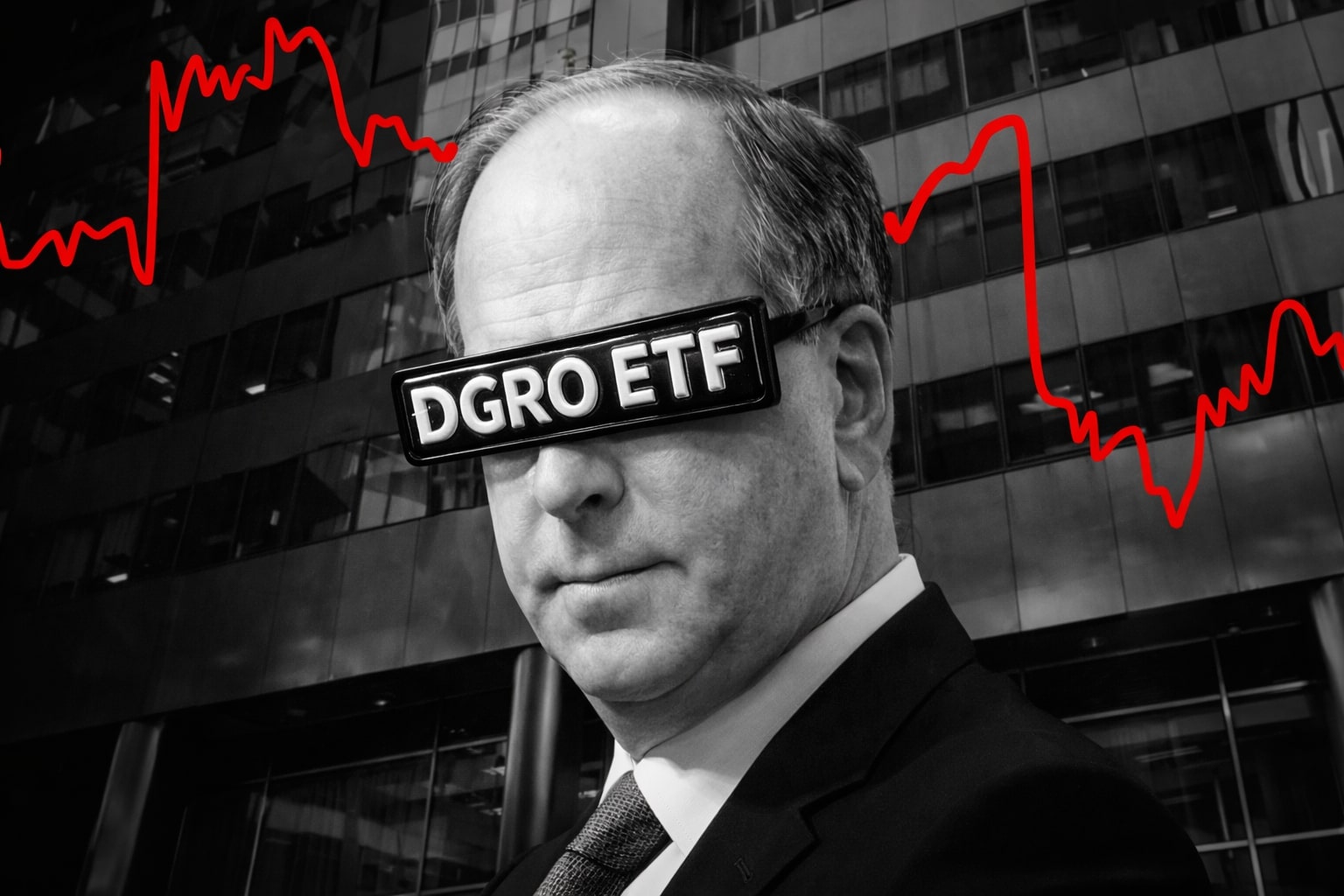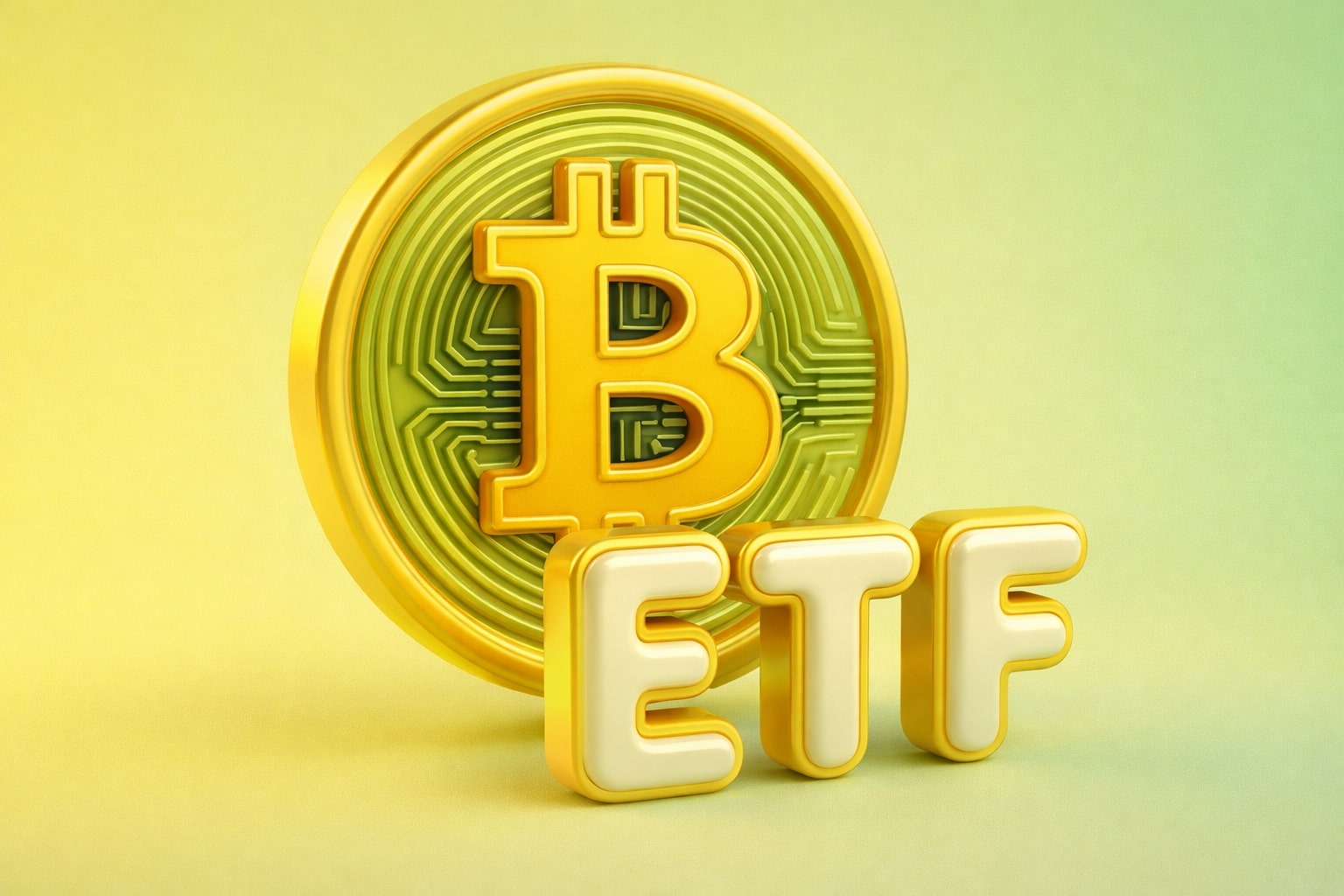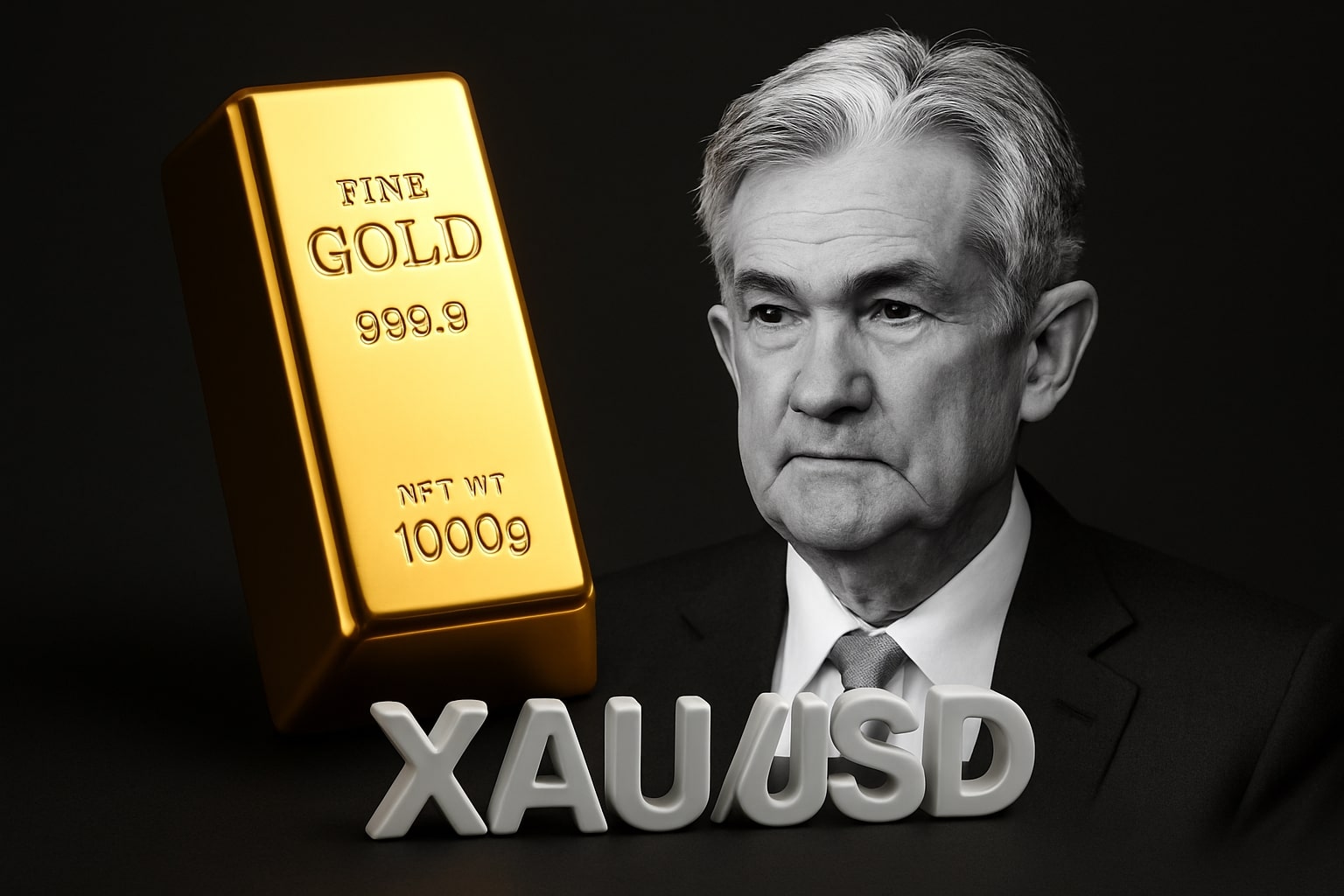
Gold Price Retreats From Record as China’s Demand Meets Global Profit-Taking
After soaring to $4,381, gold faces its biggest one-day fall in five years as traders book profits and the dollar strengthens, though Chinese demand still anchors long-term support | That's TradingNEWS
China’s Relentless Gold Buying Pushes Prices to Historic Highs
China’s influence over global gold markets has never been stronger. In 2025, the nation became the single largest driver behind the precious metal’s climb to an all-time high of $4,381 per ounce, according to Apollo Global Management chief economist Torsten Slok. His latest report highlights that China’s impact extends far beyond central bank purchases — encompassing household accumulation, speculative futures activity, and arbitrage flows through the Shanghai Gold Exchange.
The People’s Bank of China (PBoC) marked its 11th consecutive month of gold purchases in September, lifting official reserves to 2,264 tonnes. Yet analysts suggest the real figure could be far higher, with estimates of undisclosed holdings exceeding 3,000 tonnes, a move designed to strategically conceal accumulation speed. The sustained buying spree has effectively built a price floor for global gold, encouraging both institutional and retail investors to follow China’s lead.
Read More
-
DGRO ETF Price: Is DGRO at $69.17 Still the Better Dividend-Growth Bet?
17.12.2025 · TradingNEWS ArchiveStocks
-
XRP Price Stuck Below $2 As XRPI at $10.74 and XRPR at $15.26 Ride $1B+ ETF Inflows
17.12.2025 · TradingNEWS ArchiveCrypto
-
Natural Gas Price Forecast - NG=F Steady Near $4 as TTF Jumps on Colder Forecasts and LNG Outage Risk
17.12.2025 · TradingNEWS ArchiveCommodities
-
USD/JPY Price Forecast: USDJPY=X 155.50 Pivot Before BoJ Hike and US CPI
17.12.2025 · TradingNEWS ArchiveForex
Safe-Haven Surge Fueled by Trade Tensions and Dollar Weakness
Gold’s rally above $4,000 was accelerated by President Trump’s 100% tariff on Chinese goods, a policy shock that rattled global markets and eroded faith in the U.S. dollar. As investors fled risk assets, gold soared more than 50% year-to-date, its most dramatic surge since the 1970s.
Veteran strategist Ed Yardeni now projects a move toward $5,000 in 2026 and potentially $10,000 by 2028, framing the rally as part of a broader “debasement trade” where capital shifts from fiat currencies into tangible stores of value like gold and Bitcoin. Similarly, Goldman Sachs recently lifted its year-end forecast to $4,900 per ounce, citing ongoing geopolitical volatility and monetary easing across major central banks.
Retail Frenzy in China Adds to Institutional Momentum
The domestic Chinese market continues to amplify the global surge. Gold withdrawals from the Shanghai Gold Exchange jumped to 118 tonnes in September, marking a strong rebound in both consumer jewelry and investment demand. At the same time, gold ETFs in China recorded significant inflows, while futures trading volumes spiked to multi-year highs.
Slok noted that this dual engine of institutional accumulation and household participation makes China’s gold market structurally different from past cycles. The data shows a population seeking protection from currency depreciation and trade-related uncertainty, fueling what he calls a “safe-haven reflex” embedded in household portfolios.
Technical Breakdown: Double Top Signals Temporary Exhaustion
After nine consecutive weekly gains, gold’s parabolic rally finally met resistance. On Monday, the metal hit a record $4,380.89 per ounce, only to plunge 5.5% to $4,115.83 on Tuesday — the steepest one-day drop since 2020. The pattern aligns with a potential double top formation at the $4,380 area, signaling short-term exhaustion after the vertical climb.
According to FXStreet’s Guillermo Alcala, the neckline support sits near $4,190, with a measured target around $4,000 if the breakdown confirms. The 4-hour RSI has turned bearish, and MACD has crossed below the signal line, indicating fading momentum. However, traders note that pullbacks of this magnitude are common in bull markets that have run too far too fast.
Independent metals trader Tai Wong said, “Gold dips were being bought as recently as yesterday, but volatility at the highs is flashing caution and could trigger short-term profit-taking.” He added that while sentiment remains strong, a $300 to $400 correction could stabilize the market before another leg higher.
U.S.–China Thaw and Dollar Strength Cool the Rally
Gold’s correction coincides with improved risk appetite as President Trump announced plans to meet Xi Jinping next week, signaling a possible easing in trade hostilities. The U.S. dollar index rose 0.4%, further pressuring gold, which tends to move inversely to the greenback.
Kitco’s Jim Wyckoff noted that “better risk appetite early this week is bearish for safe-haven metals,” while Reuters reported that investors are temporarily shifting back into equities following strong U.S. earnings.
Despite the near-term weakness, the broader narrative remains bullish. Analysts point to the massive central bank accumulation and China’s dominance in physical demand as structural forces likely to underpin gold’s next leg higher once profit-taking subsides.
Long-Term Outlook: Underlying Bid Remains Strong
While the current pullback is shaking out speculative excess, strategists such as Ole Hansen of Saxo Bank emphasize that the correction phase could prove constructive. “It’s during corrections that a market’s true strength is revealed,” he wrote, suggesting that institutional bids and ETF inflows will likely keep prices from falling below the $4,000 threshold.
Even long-time skeptics are conceding gold’s relevance. JPMorgan’s Jamie Dimon recently admitted that “it’s semi-rational to hold some gold now,” while Citadel’s Ken Griffin called the metal “a safe harbor asset in a way the dollar used to be viewed.” Hedge fund titan Ray Dalio echoed the sentiment, advising investors to allocate 15% of portfolios to gold as “a hedge against systemic fragility.”
At $4,115 per ounce, gold may be cooling from its record highs — but the fundamental and geopolitical pillars supporting this rally remain firmly in place. The question is not whether demand will persist, but when the next wave of buyers will step back in.














